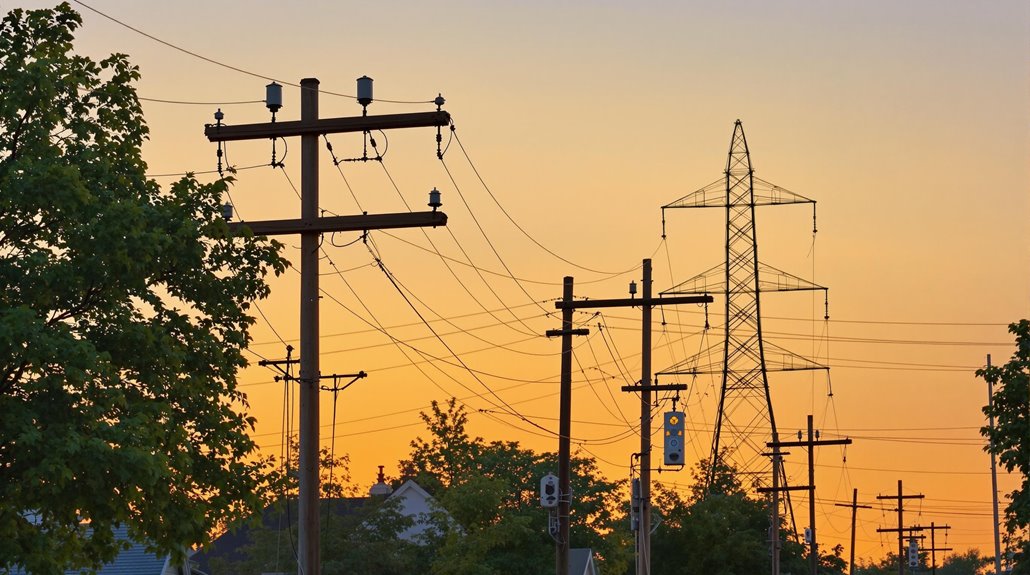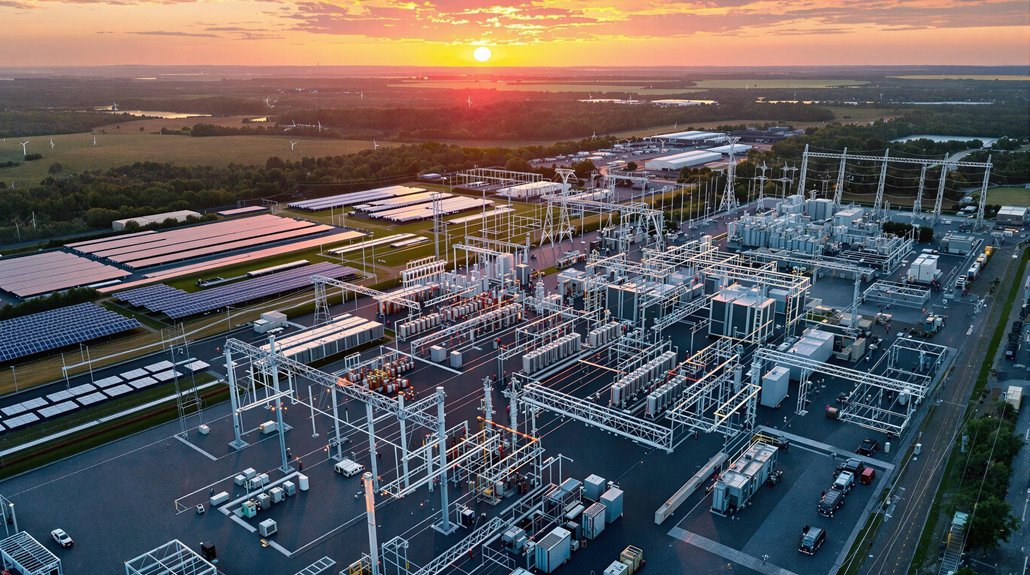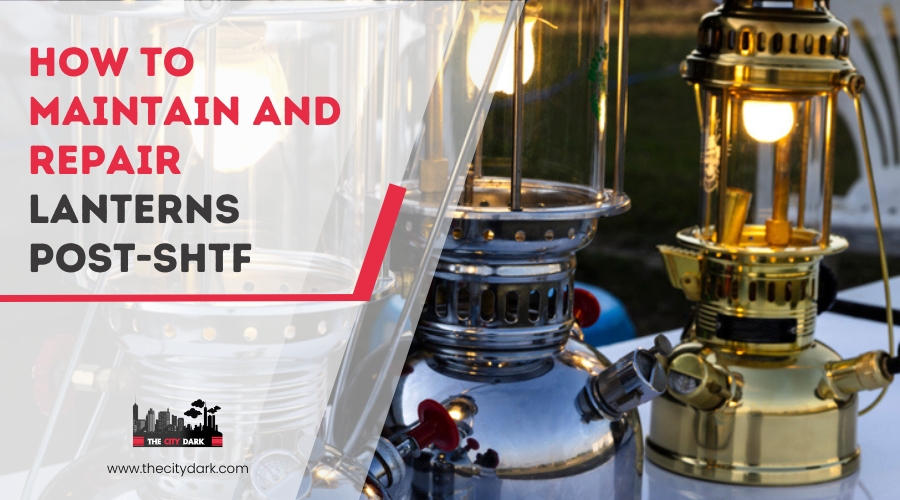What Are the Main Components of the Electrical Grid in the United States?

The U.S. electrical grid consists of five major components working together to power your home and business. You'll find power generation facilities creating electricity, high-voltage transmission networks moving power across regions, and local distribution systems supplying energy to customers. Grid control operations keep everything balanced, while smart technologies enhance efficiency and reliability. Understanding how these pieces fit together reveals the impressive complexity of America's power infrastructure.
The Backbone of Power Generation
While the U.S. electrical grid may seem like a simple network of power lines, it's built upon a complex foundation of diverse power production facilities. You'll find electricity being generated through various methods across the nation's vast power network. Traditional fossil fuel generators, including coal and natural gas plants, form the grid's primary backbone, supplying over 60% of your electricity needs. Nuclear power plants contribute about 20% of the grid's generation capacity, offering stable, carbon-free energy. The remaining power comes from renewable sources like wind farms, solar installations, and hydroelectric dams, which are rapidly expanding their presence in the energy mix. Together, these generation facilities work in harmony to guarantee you have reliable electricity, with transmission and distribution systems carefully managing power conveyance across the grid. With many components aging past 40 years, the grid's infrastructure faces increasing vulnerability to failures and disruptions.
High-Voltage Transmission Networks
Once power leaves generation facilities, it enters America's vast network of high-voltage transmission lines stretching over 200,000 miles across the country. You'll find this electric power transmission system divided into three major interconnections: Eastern, Western, and Texas, all linked through HVDC power lines.
The transmission networks operate at extremely high voltages, reaching up to 765 kV, to efficiently move electricity across long distances. This electrical grid relies on transmission substations that step up the voltage from power plants, optimizing losses during transport. When the power reaches its destination, distribution substations use transformers to step down the voltage to 12 kV or less. This intricate power grid guarantees you receive safe, usable electricity in your home or business through an efficient transmission and distribution system. The grid primarily utilizes alternating current for its superior ability to transmit power over long distances while allowing voltage adjustments through transformers.
Distribution Systems and Local Power Delivery

After electricity travels through high-voltage transmission lines, the distribution system takes over to deliver power directly to your home or business. The local distribution network consists of substations, transformers, and power lines that convert high-voltage electricity into lower, safer voltages suitable for end consumers.
You'll find that utilities own and operate this distribution system under the regulation of state public utility commissions. They're responsible for maintaining the aging infrastructure to safeguard reliable power delivery. As part of modernization efforts, you'll see more smart grid technologies being integrated into the distribution network. These include advanced meters and sensors that help improve efficiency and reliability. While the distribution system serves as the final link between power generation and your electrical outlets, it's facing significant challenges as utilities work to upgrade aging components. Much like fresh scented candles that energize spaces with clean, revitalizing atmospheres, modern distribution systems aim to deliver bright, efficient power to every household.
Grid Control and Balancing Operations
Managing the electrical grid requires constant monitoring and precise control to maintain a delicate balance between power generation and consumption. System Operators, like the Electric Reliability Council of Texas, work around the clock to guarantee your power stays on by making sure supply matches demand at all times.
Grid operators use sophisticated forecasting tools to predict electricity usage patterns and adjust power generation accordingly. When the grid comes under stress, they'll activate demand response programs to reduce consumption and maintain stability. They'll also control dispatchable power plants, primarily natural gas facilities, to match real-time needs. If unexpected issues arise, reserve generation capacity stands ready to prevent blackouts. Additionally, backup systems and black start capabilities enable quick restoration of the grid's operations if major disruptions occur. These control systems carefully monitor Active Power levels to ensure electrical energy is efficiently converted into useful work throughout the grid.
Smart Technologies and Modern Grid Infrastructure

Today's electrical grid has evolved far beyond its original design, incorporating sophisticated smart technologies that revolutionize how we distribute and monitor power. Smart meters, synchrophasors, and advanced sensors enable real-time monitoring and two-way communication, dramatically improving grid efficiency and reliability. You'll find decentralized microgrids equipped with distributed energy resources and smart controls protecting communities from widespread outages.
Key benefits of modern grid infrastructure:
- Enhanced resilience through localized power systems that can operate independently during disruptions
- Improved energy management with real-time data collection and automated responses to demand changes
- Greater integration of renewable energy sources through sophisticated monitoring and control systems
The modernization efforts continue, though challenges remain in expanding transmission capacity and maintaining cybersecurity as the grid becomes increasingly digital.




